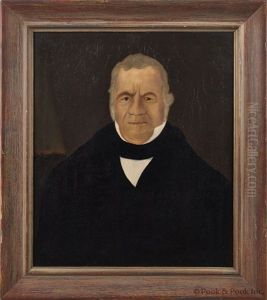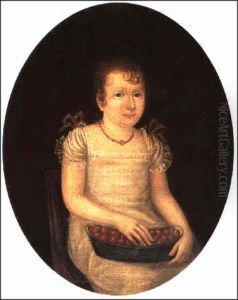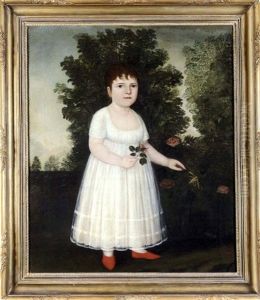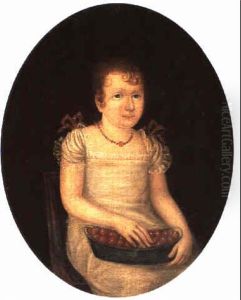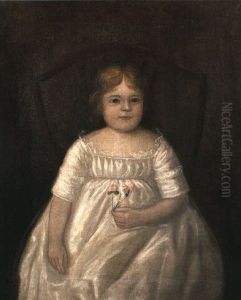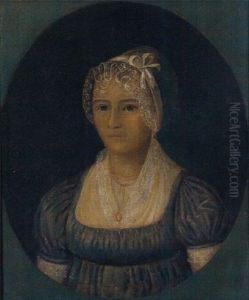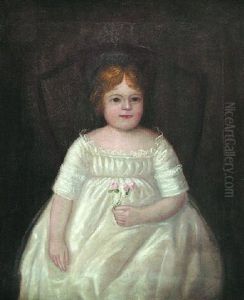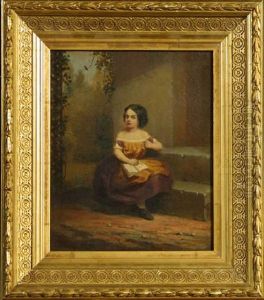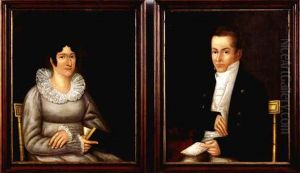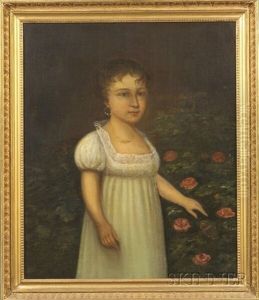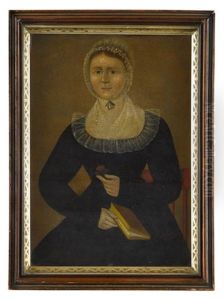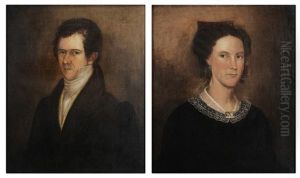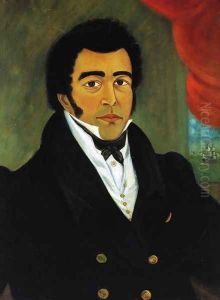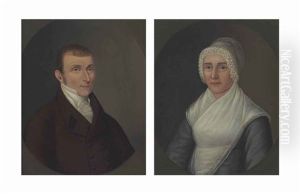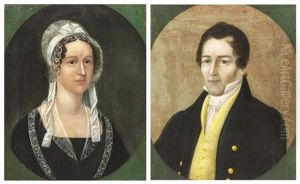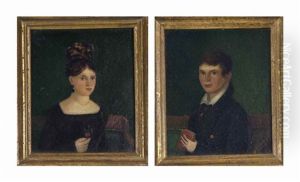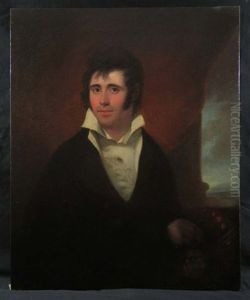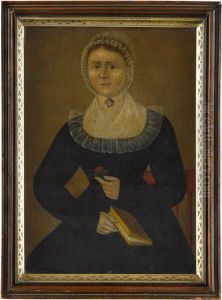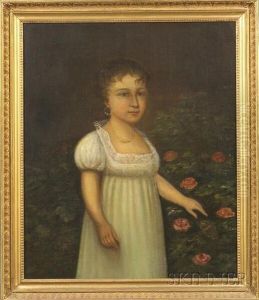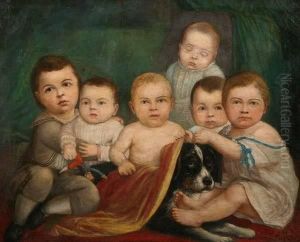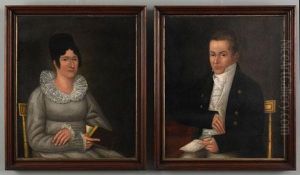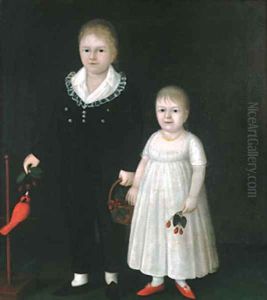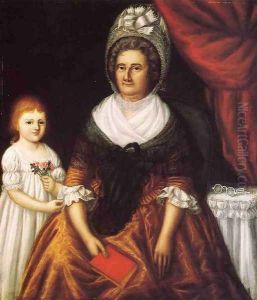Joshua Johnson Paintings
Joshua Johnson, often celebrated as the earliest professional African American painter in the United States, remains a figure shrouded in mystery. His life, much like his ancestry, is a patchwork of scant records and educated conjecture. Born around 1763, possibly in the Baltimore area, Johnson's early years are largely undocumented, leaving historians to piece together his story from a smattering of legal documents, advertisements, and the stylistic analysis of his work. What is known, however, is that Johnson was born into slavery and later claimed to be a self-taught artist, despite speculation that he may have received some form of artistic training or mentorship.
Johnson's career as an artist began to take shape in the late 18th century, a period marked by its own complexities and contradictions, especially for a man of mixed African and European heritage working as a free individual in a slaveholding society. By 1782, records indicate that Johnson was living in Baltimore as a free man, and by the turn of the century, he had established himself as a portrait painter, advertising his services in local newspapers and attracting a clientele that included prominent and wealthy residents of Maryland, as well as individuals from the surrounding Mid-Atlantic region. Johnson's advertisements, which often highlighted his status as a 'self-taught genius,' reflect both a savvy understanding of marketing and a poignant reminder of his unique position in the art world of his time.
The body of work attributed to Johnson, which consists primarily of portraits, is notable for its distinctive style, characterized by flat, yet detailed, depictions of his subjects, often posed against plain or minimally detailed backgrounds. His portraits are remarkable for their time in that they include a wide range of individuals, from wealthy white patrons to free black children, depicted with a level of dignity and individuality not always afforded to subjects of African descent in early American art. Despite the limitations of his era and the obstacles he faced both as an artist and as a man of color, Johnson's work provides a valuable and insightful window into the complexities of race, class, and identity in the early United States.
After a productive career that spanned over two decades, Joshua Johnson's life after 1824 becomes a mystery, with no known records of his death or burial. Despite this, his legacy endures, not only through the portraits that survive him but also as a pioneer who carved out a space for African American artists in the early history of the United States. Today, Johnson's work is recognized and celebrated for its artistic merit and as a testament to his resilience and creativity in the face of the societal challenges of his time.
